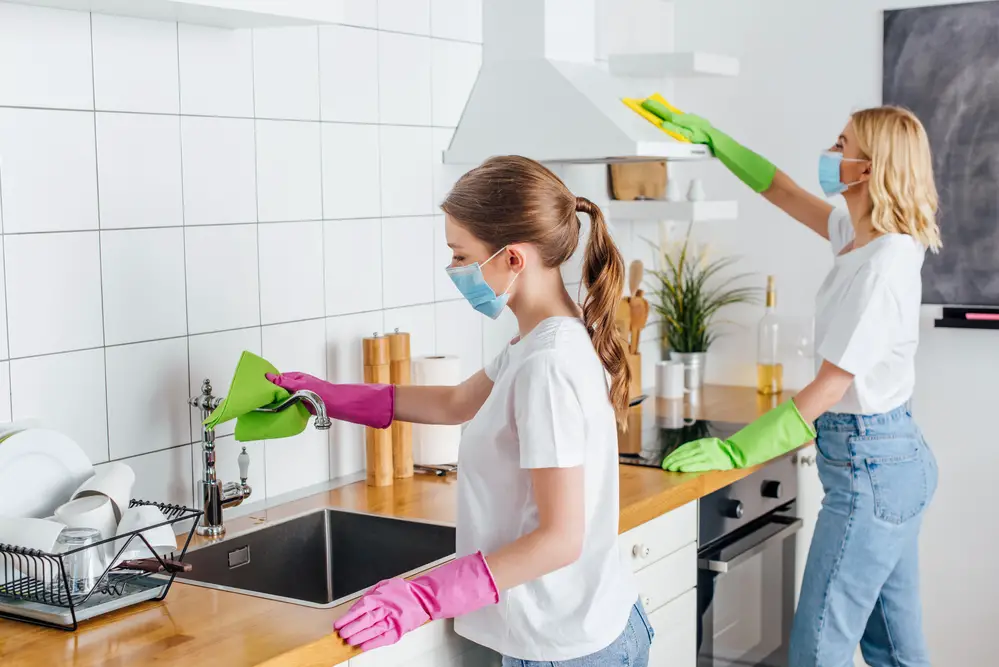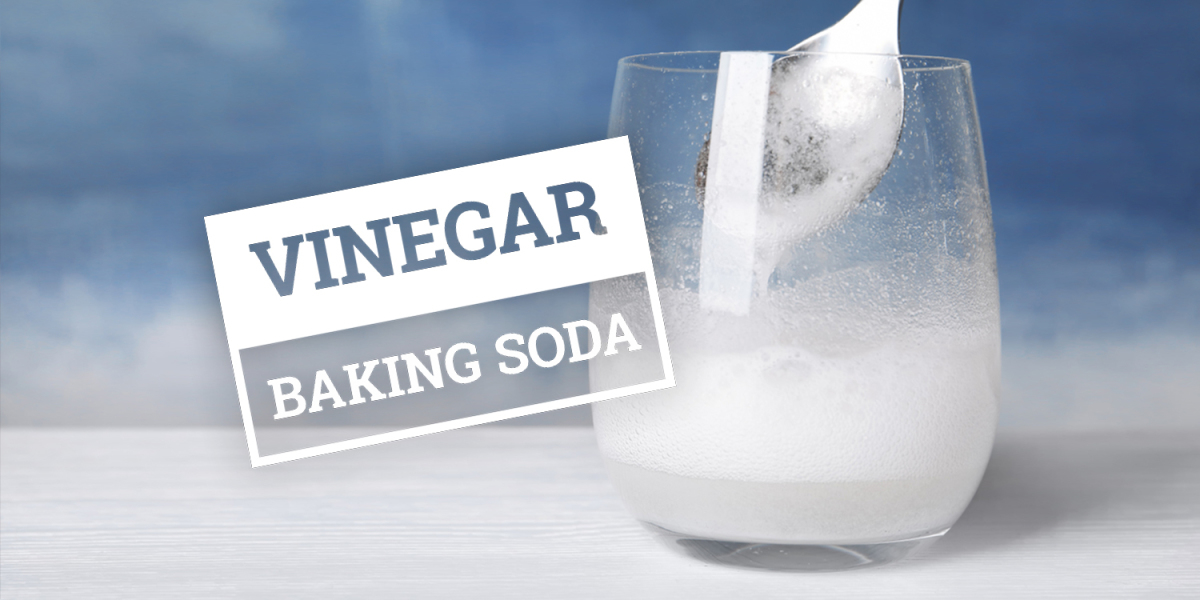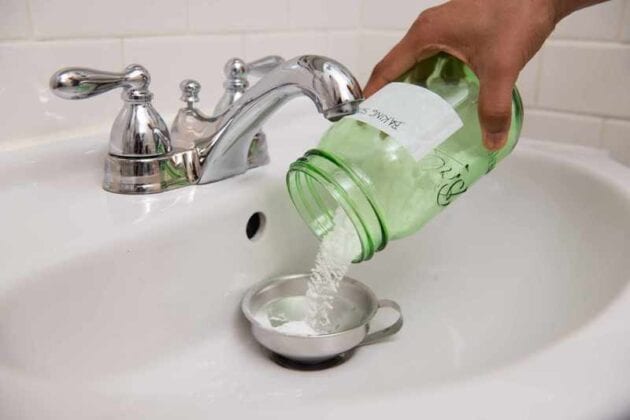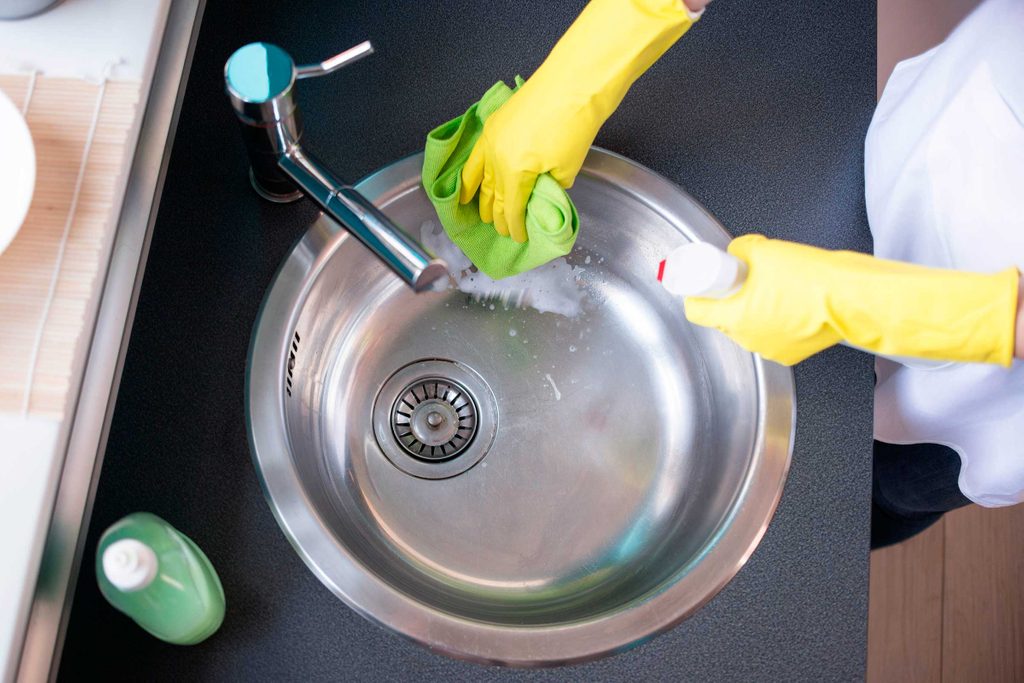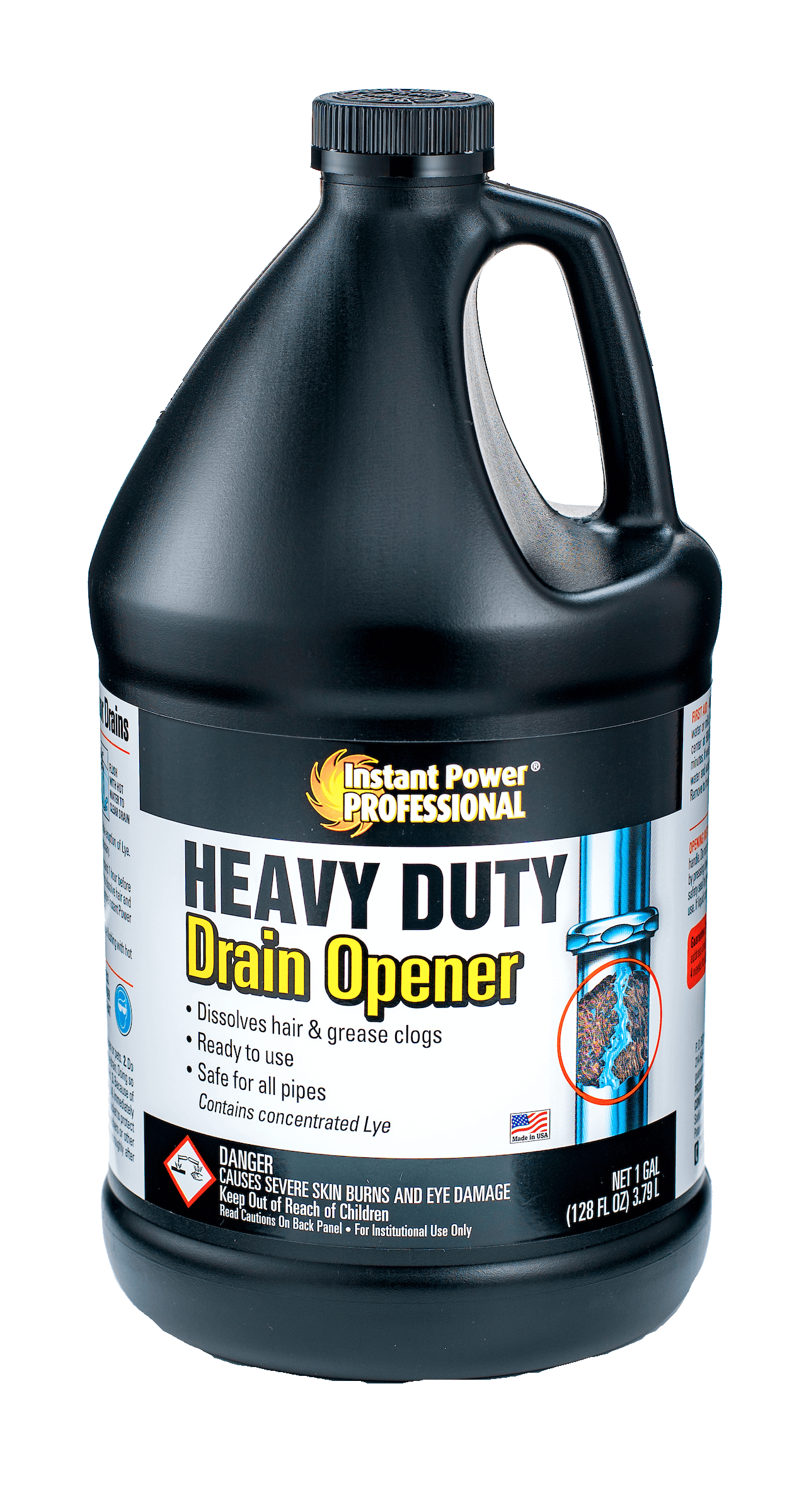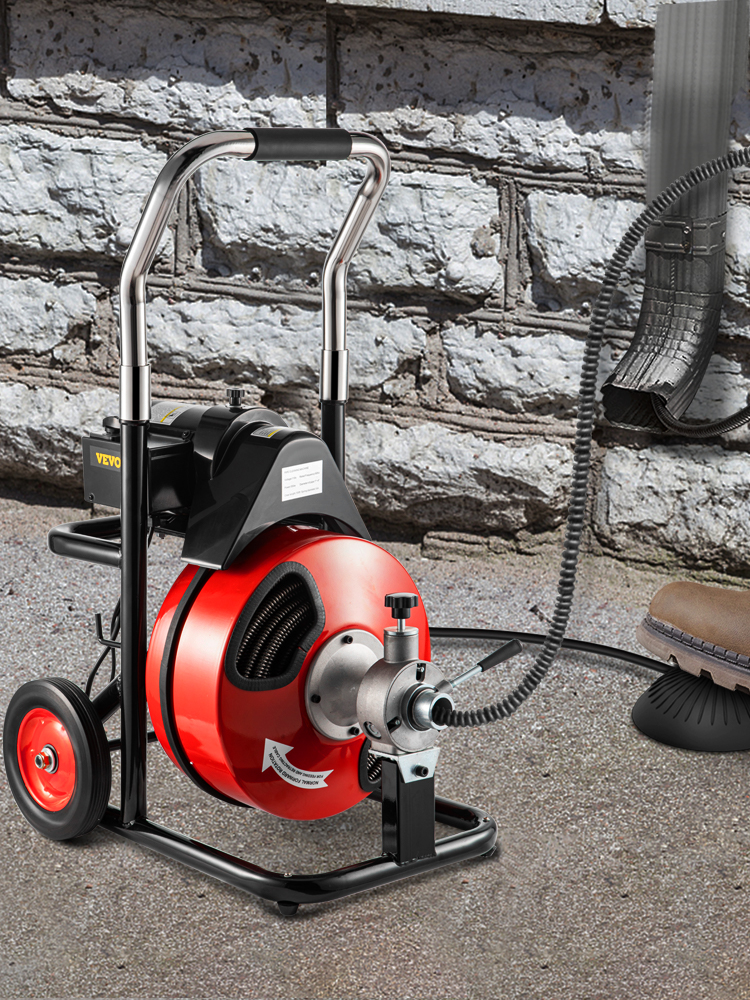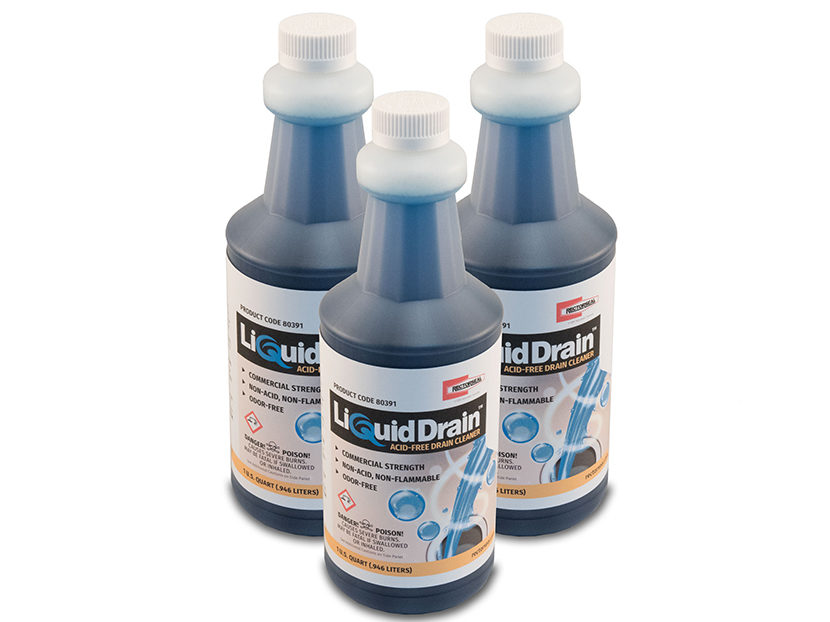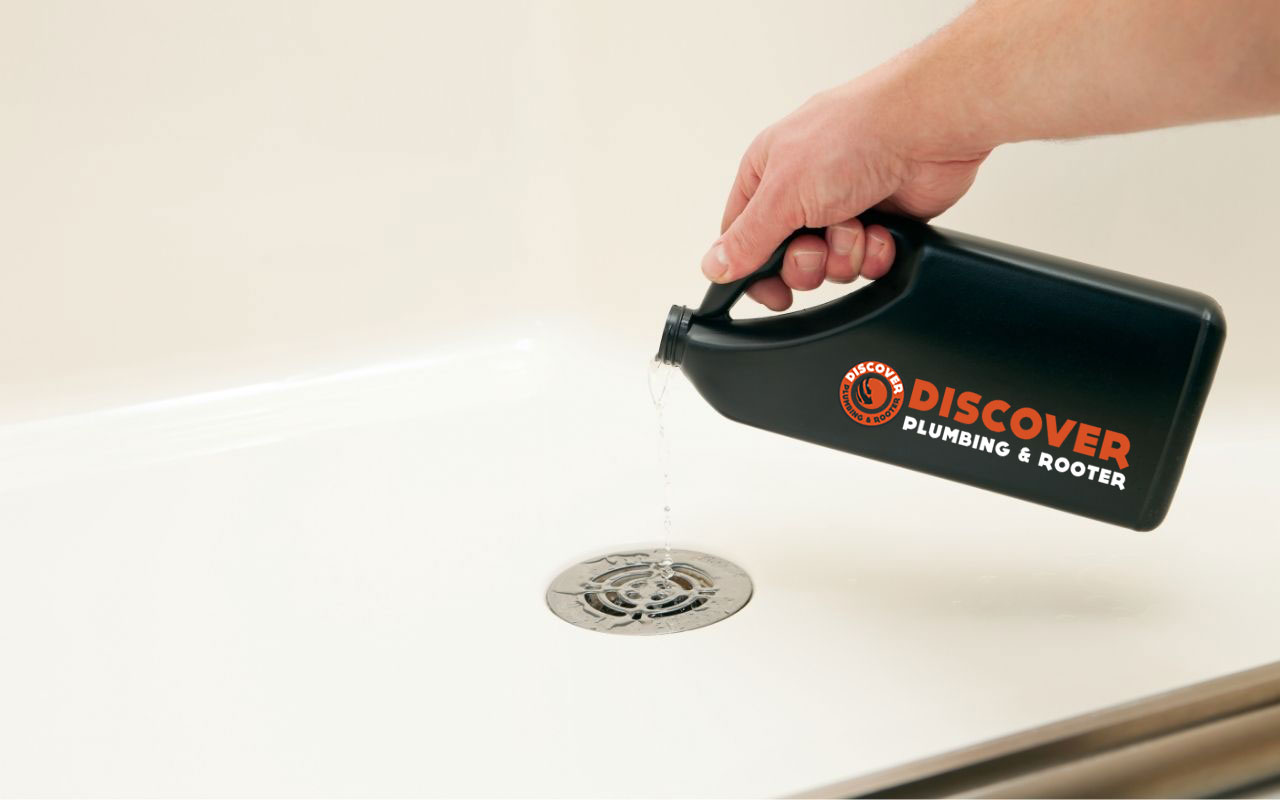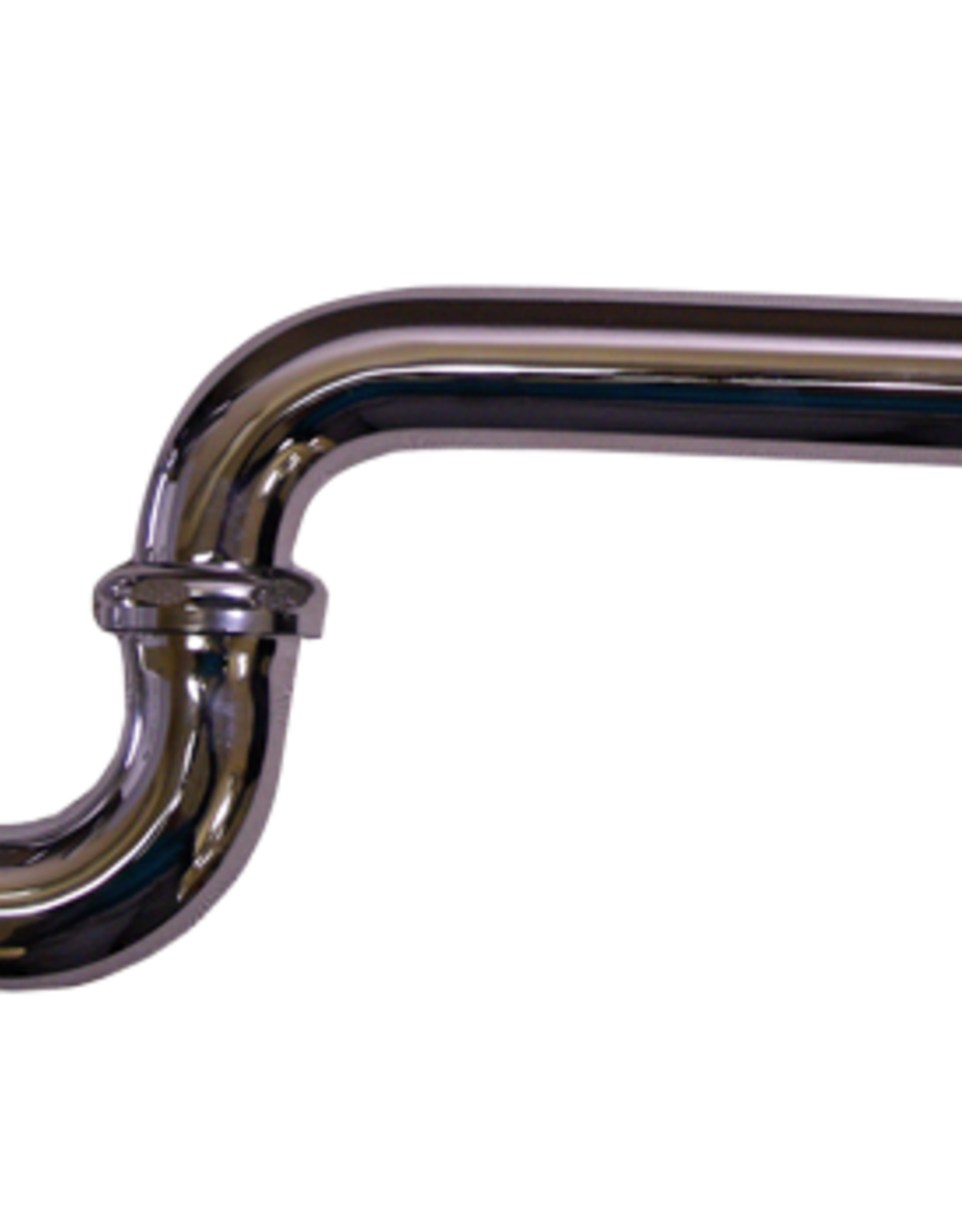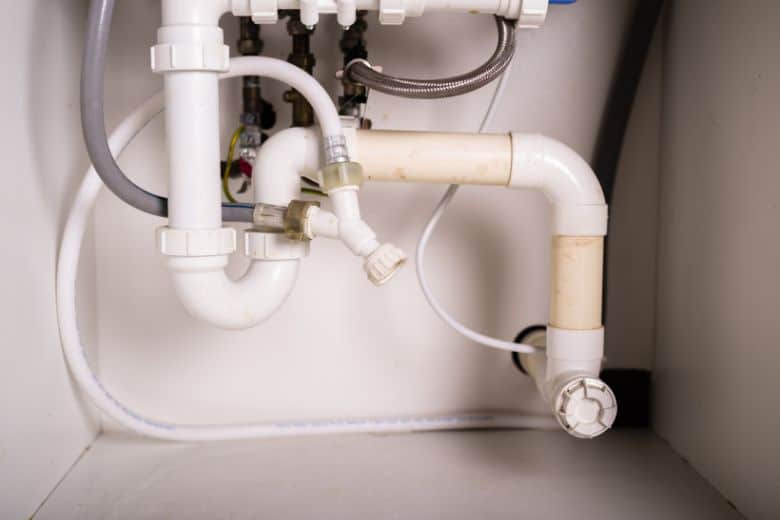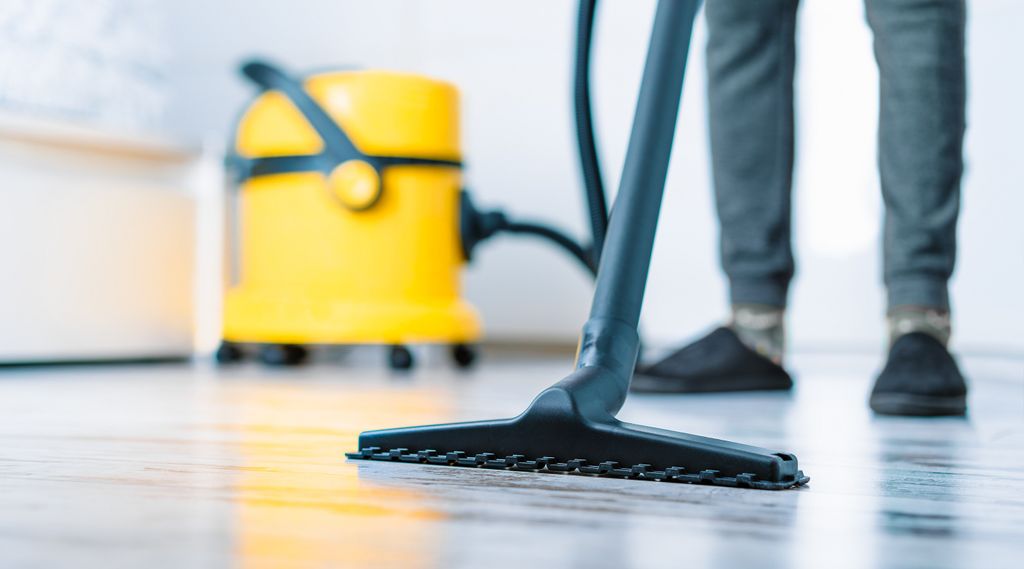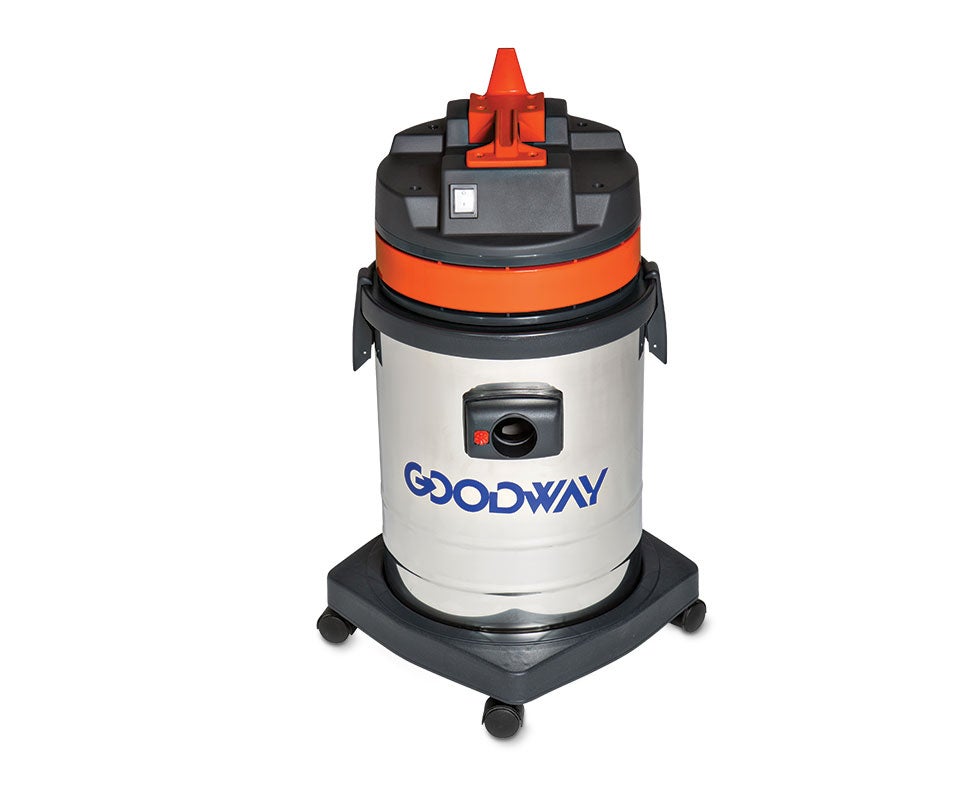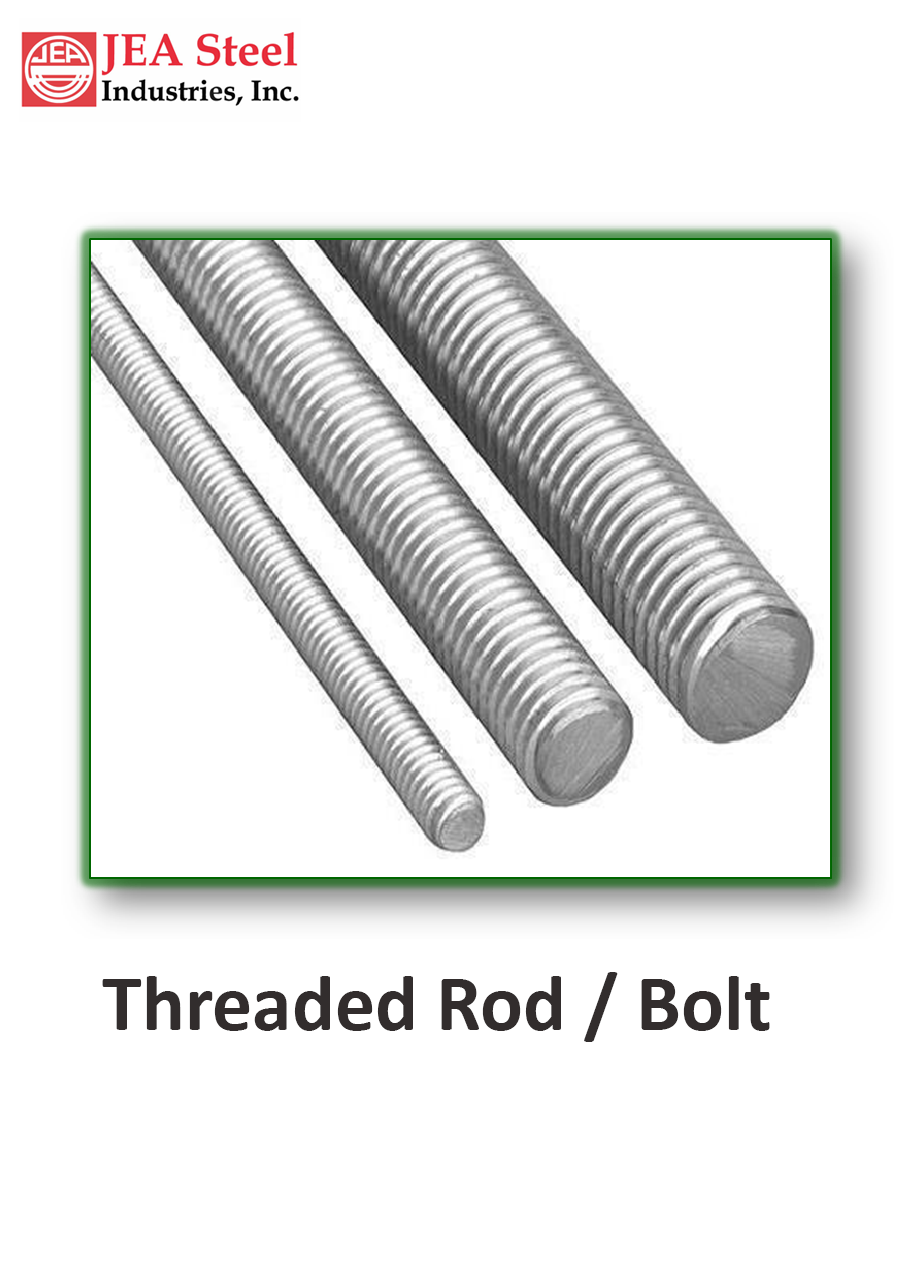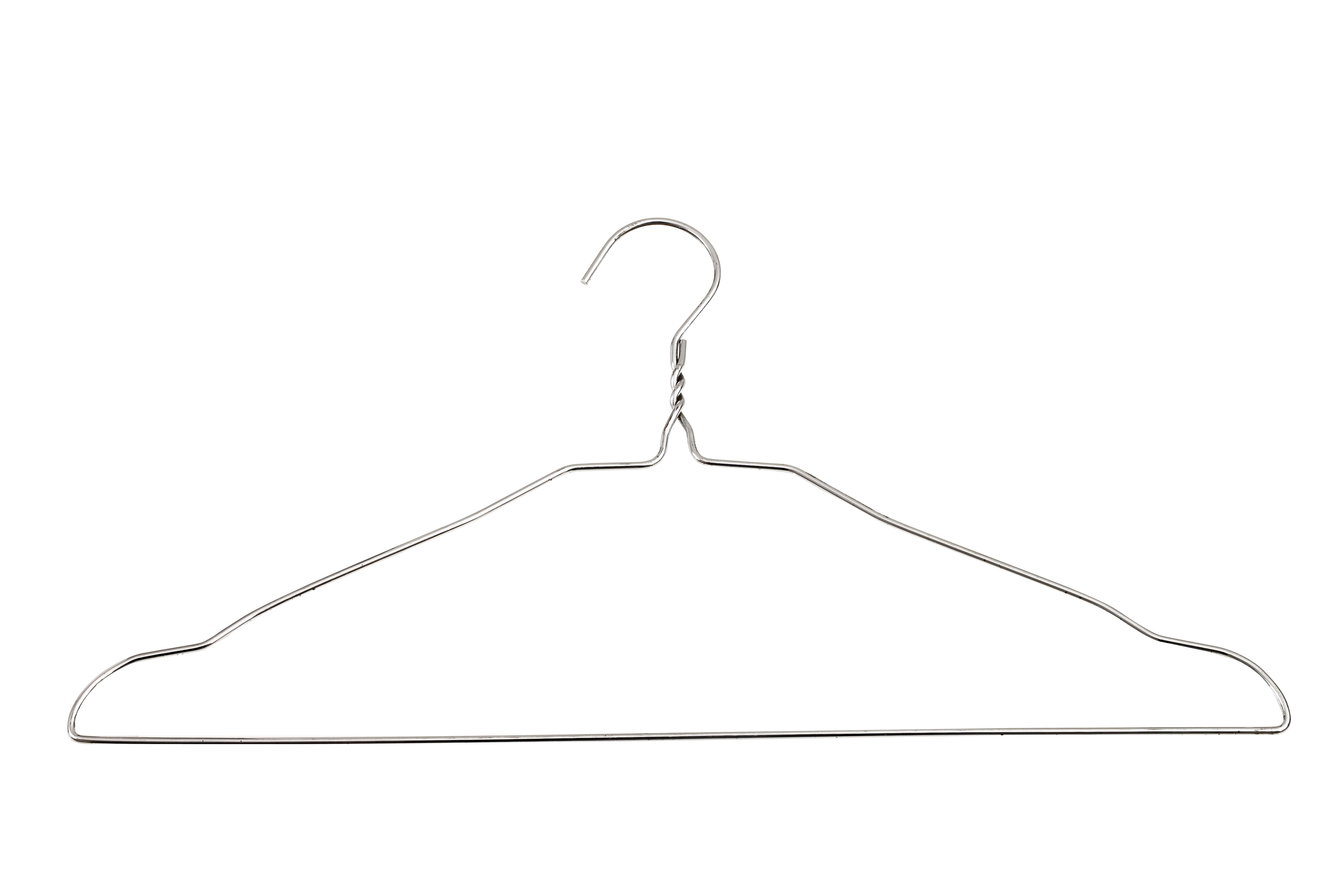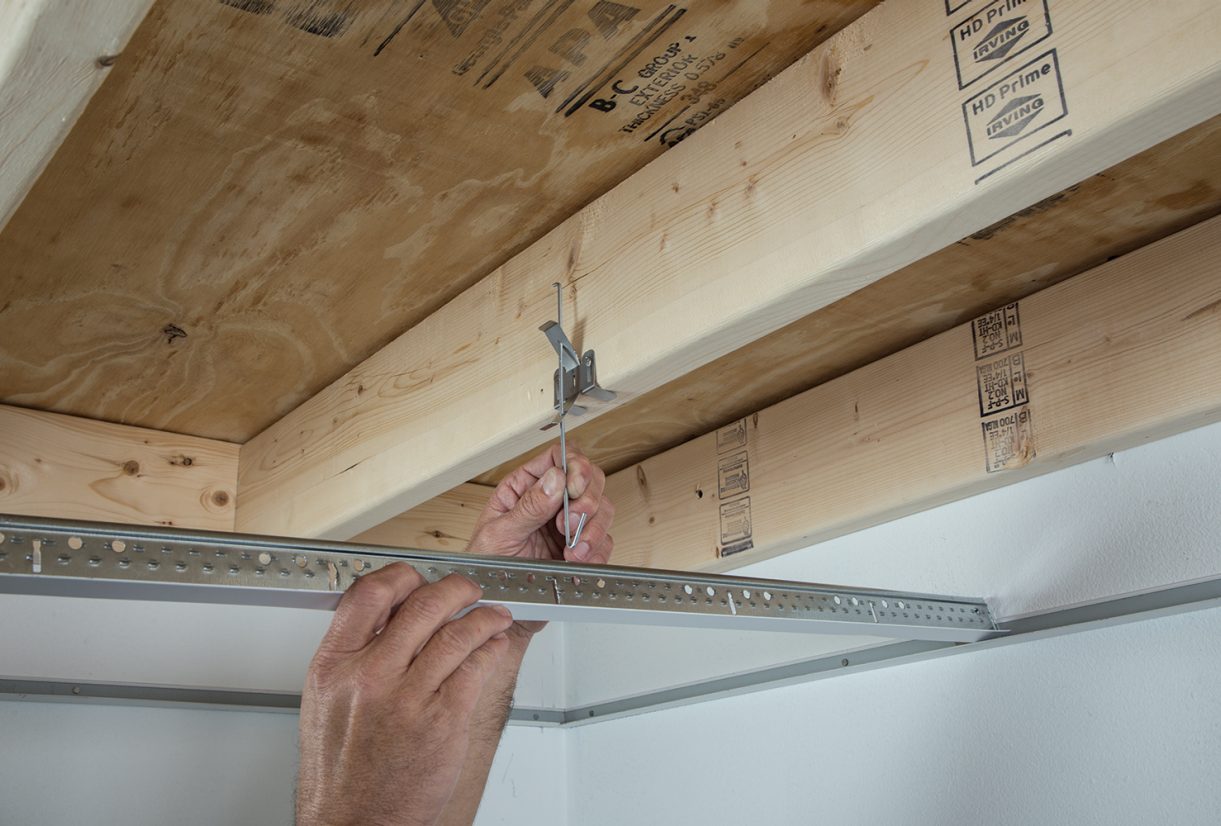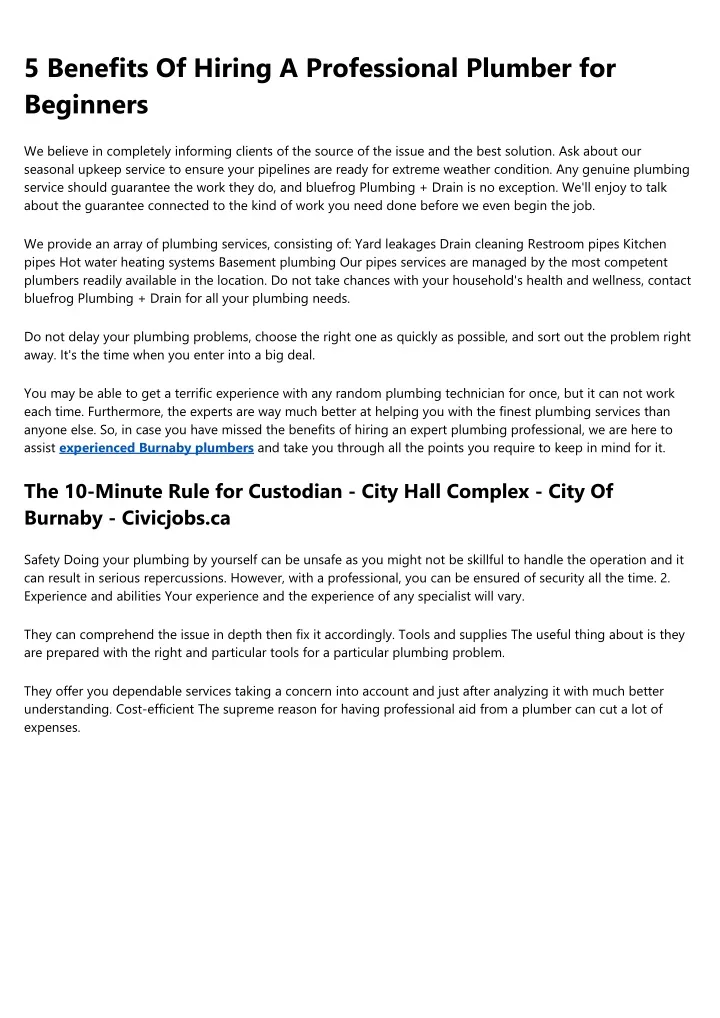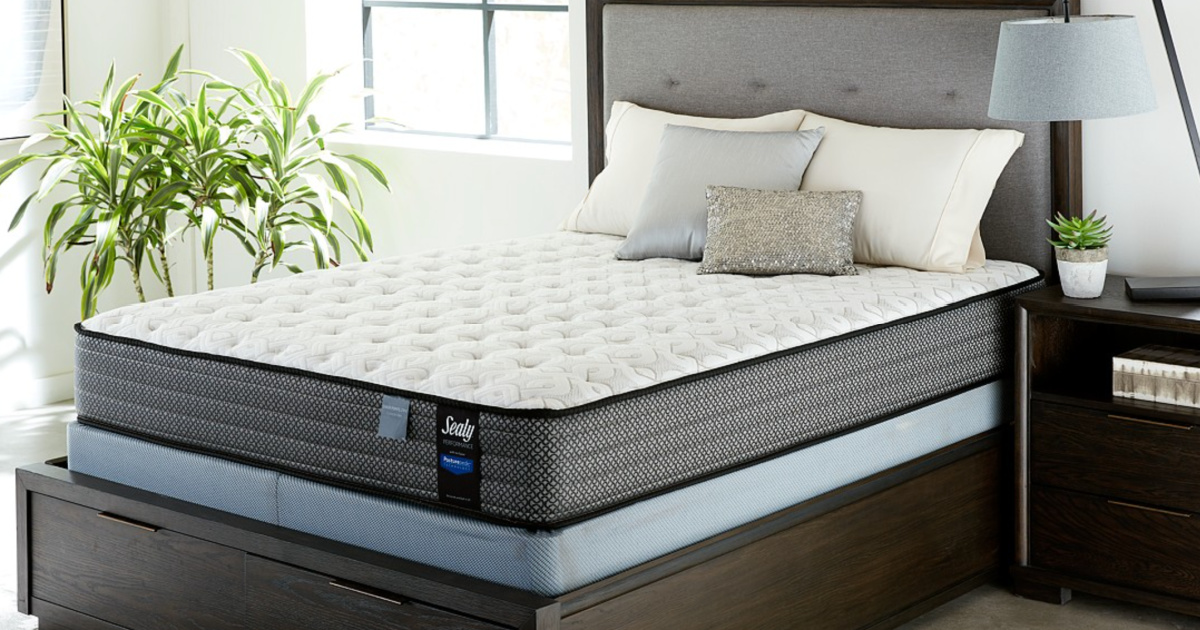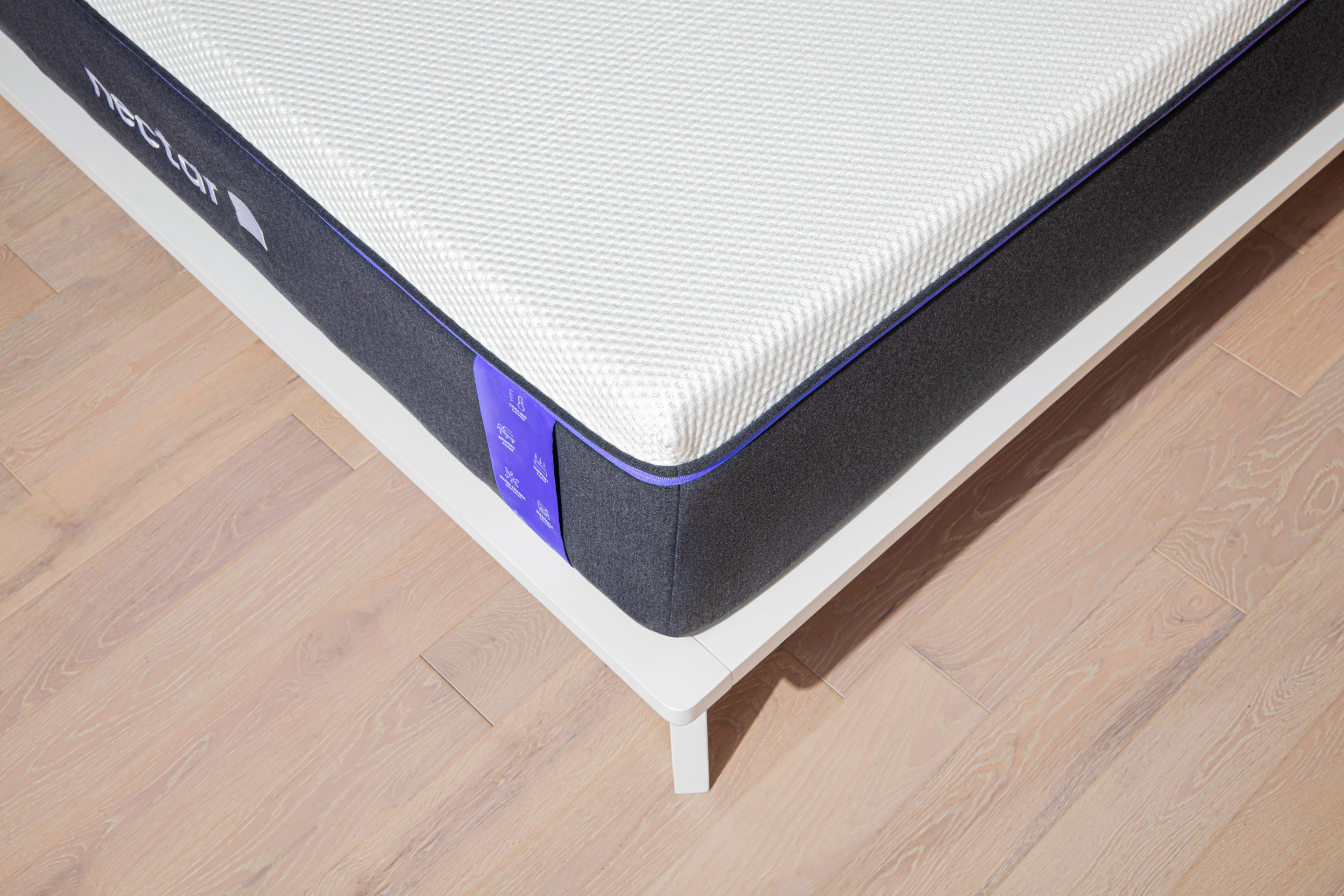One of the most common and effective methods for clearing a plugged kitchen sink is by using a plunger. This handy tool creates suction, which helps to dislodge any clogs that may be causing the blockage. To use a plunger, make sure there is enough water in the sink to cover the rubber part of the plunger. Place the plunger over the drain and push down firmly, then pull up quickly to create suction. Repeat this motion several times until the clog is cleared.1. Use a plunger
If the plunger doesn't work, the next step is to try using a plumbing snake. This tool has a long, flexible cable with a hook or auger on the end that can be inserted into the drain to break up and remove any clogs. Insert the snake into the drain and turn the handle clockwise to push it further in. Once you feel resistance, turn the handle counterclockwise to break up any clogs. Keep repeating this motion until the drain is clear.2. Use a plumbing snake
In many cases, a simple solution to clear a plugged kitchen sink is pouring boiling water down the drain. This can help to melt and flush away any grease or other substances that may be causing the blockage. Be careful when handling boiling water and pour it slowly down the drain to avoid splashing. You may need to repeat this process a few times to completely clear the clog.3. Pour boiling water down the drain
This natural and environmentally-friendly method can also be effective in clearing a plugged kitchen sink. Start by pouring half a cup of baking soda down the drain, followed by half a cup of white vinegar. The mixture will create a chemical reaction that can help to break up and dissolve any clogs. Let it sit for a few minutes, then pour hot water down the drain to flush it out.4. Use a mixture of baking soda and vinegar
If the above methods don't work, you can try using a commercial drain cleaner. These products contain strong chemicals that can dissolve and break up clogs, but they can also be harmful to your pipes and the environment. Make sure to follow the instructions carefully and use protective gear when handling these cleaners.5. Try a commercial drain cleaner
If the clog is located in the P-trap, which is the curved pipe under the sink, you may need to remove it to clear the blockage. Place a bucket under the P-trap to catch any water and debris, then use pliers to loosen the nuts and remove the trap. Clean out any debris and reattach the trap, making sure it is tightly secured. This method may require some DIY skills, so if you're not comfortable, it's best to call a professional plumber.6. Remove and clean the P-trap
If you have a wet/dry vacuum, you can use it to suck out any clogs in your kitchen sink. Set the vacuum to wet mode and cover the vent to create suction. Place the hose over the drain and turn on the vacuum. The suction should be strong enough to dislodge and remove any clogs. Be sure to clean out the vacuum thoroughly afterwards.7. Use a wet/dry vacuum
If you can't access the clog with a plunger or snake, you can try using a wire hanger to remove any debris that may be causing the blockage. Straighten out a wire hanger and bend one end to create a hook. Insert the hook into the drain and try to hook onto any debris. Pull it out and dispose of it, then run hot water to flush out any remaining debris.8. Use a wire hanger to remove debris
Another natural method for clearing a plugged kitchen sink is using a combination of salt, baking soda, and vinegar. Mix equal parts of salt and baking soda, then pour it down the drain. Follow it up with half a cup of vinegar and let it sit for 15 minutes. Finish by pouring hot water down the drain to flush it out.9. Use a combination of salt, baking soda, and vinegar
If all else fails, it's best to call a professional plumber to clear your clogged kitchen sink. They have the expertise and tools to safely and effectively remove any clogs and get your sink back to working properly. It may cost more, but it will save you time and stress in the long run. With these 10 methods, you should be able to clear a plugged kitchen sink and avoid any potential plumbing disasters. Remember to regularly maintain your sink and avoid pouring grease, oil, and large food particles down the drain to prevent future clogs. If the problem persists, it may be a sign of a larger plumbing issue that requires professional attention.10. Call a professional plumber
How to Clear a Plugged Kitchen Sink: Professional Tips and Tricks

Introduction
 A plugged kitchen sink can be a major inconvenience, causing water to back up and preventing you from using your sink for washing dishes or preparing food. It can also be a sign of a larger plumbing issue that needs to be addressed. However, before calling a plumber and spending money on repairs, there are a few simple steps you can take to clear a plugged kitchen sink yourself. With the right tools and techniques, you can get your sink back to its fully functioning state in no time.
A plugged kitchen sink can be a major inconvenience, causing water to back up and preventing you from using your sink for washing dishes or preparing food. It can also be a sign of a larger plumbing issue that needs to be addressed. However, before calling a plumber and spending money on repairs, there are a few simple steps you can take to clear a plugged kitchen sink yourself. With the right tools and techniques, you can get your sink back to its fully functioning state in no time.
Step 1: Assess the Situation
 Before you take any action, it’s important to assess the situation and determine the cause of the clog. Is the entire sink plugged or just one side? Is the water draining slowly or not at all? This information will help you determine the best course of action for clearing the clog.
Before you take any action, it’s important to assess the situation and determine the cause of the clog. Is the entire sink plugged or just one side? Is the water draining slowly or not at all? This information will help you determine the best course of action for clearing the clog.
Step 2: Plunge the Drain
 If the clog is minor and only affecting one side of the sink, a plunger may be all you need to clear it. Fill the sink with enough water to cover the rubber part of the plunger, then place the plunger over the drain and push down and pull up several times. This will create suction and hopefully dislodge the clog. Be sure to cover the overflow holes with a wet cloth or tape to prevent air from escaping.
If the clog is minor and only affecting one side of the sink, a plunger may be all you need to clear it. Fill the sink with enough water to cover the rubber part of the plunger, then place the plunger over the drain and push down and pull up several times. This will create suction and hopefully dislodge the clog. Be sure to cover the overflow holes with a wet cloth or tape to prevent air from escaping.
Step 3: Use a Drain Snake
 If plunging doesn’t work, it’s time to bring out the big guns – a drain snake. This tool is designed to break up and remove clogs that are deeper in the pipes. Insert the snake into the drain and turn the handle to push it further in. When you feel resistance, continue turning the handle to break up the clog. Once the clog has been cleared, run hot water down the drain to flush out any remaining debris.
If plunging doesn’t work, it’s time to bring out the big guns – a drain snake. This tool is designed to break up and remove clogs that are deeper in the pipes. Insert the snake into the drain and turn the handle to push it further in. When you feel resistance, continue turning the handle to break up the clog. Once the clog has been cleared, run hot water down the drain to flush out any remaining debris.
Step 4: Try Baking Soda and Vinegar
 For a more natural approach, you can try using baking soda and vinegar to clear a plugged kitchen sink. First, pour a pot of boiling water down the drain to loosen up any debris. Then, pour ½ cup of baking soda down the drain, followed by 1 cup of vinegar. Cover the drain with a wet cloth and let it sit for 10-15 minutes. Finally, pour another pot of boiling water down the drain to flush out the mixture.
For a more natural approach, you can try using baking soda and vinegar to clear a plugged kitchen sink. First, pour a pot of boiling water down the drain to loosen up any debris. Then, pour ½ cup of baking soda down the drain, followed by 1 cup of vinegar. Cover the drain with a wet cloth and let it sit for 10-15 minutes. Finally, pour another pot of boiling water down the drain to flush out the mixture.



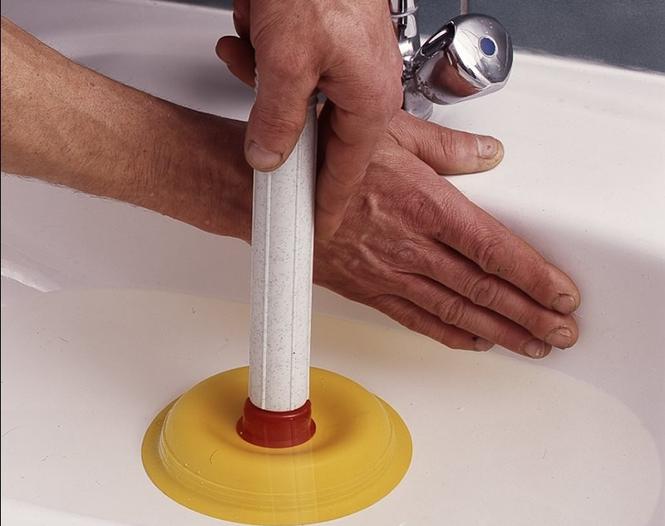
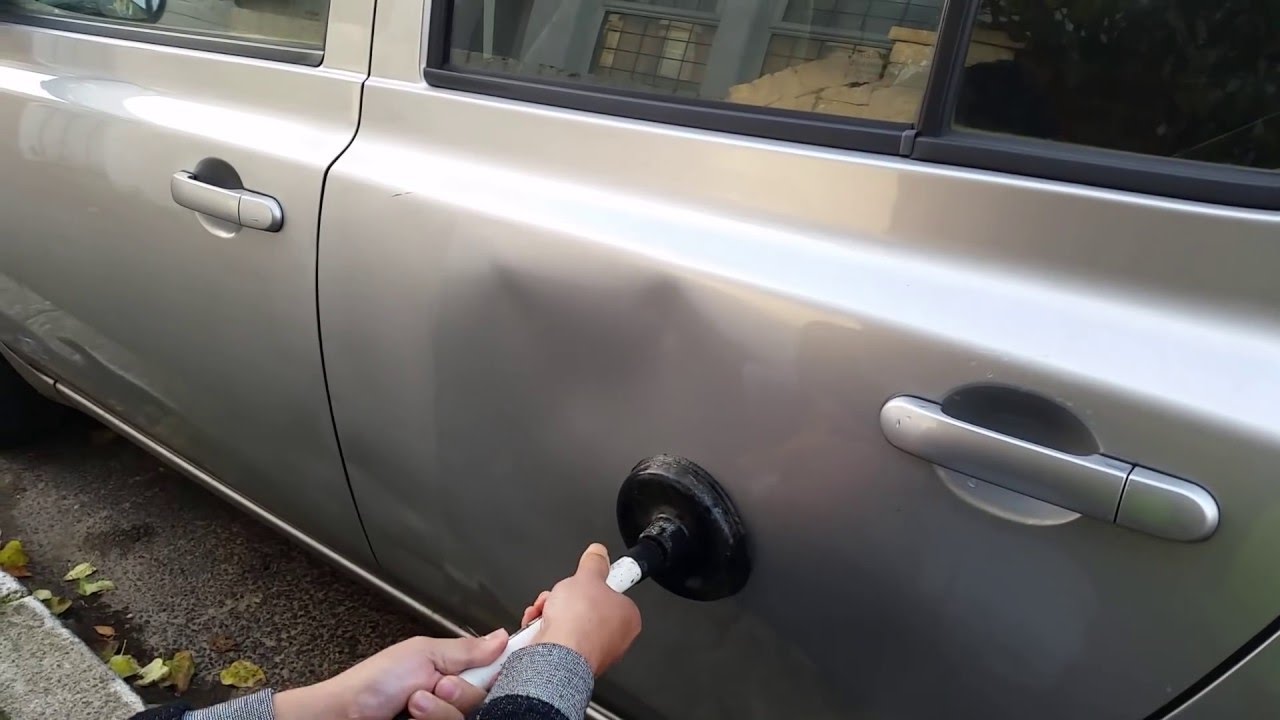







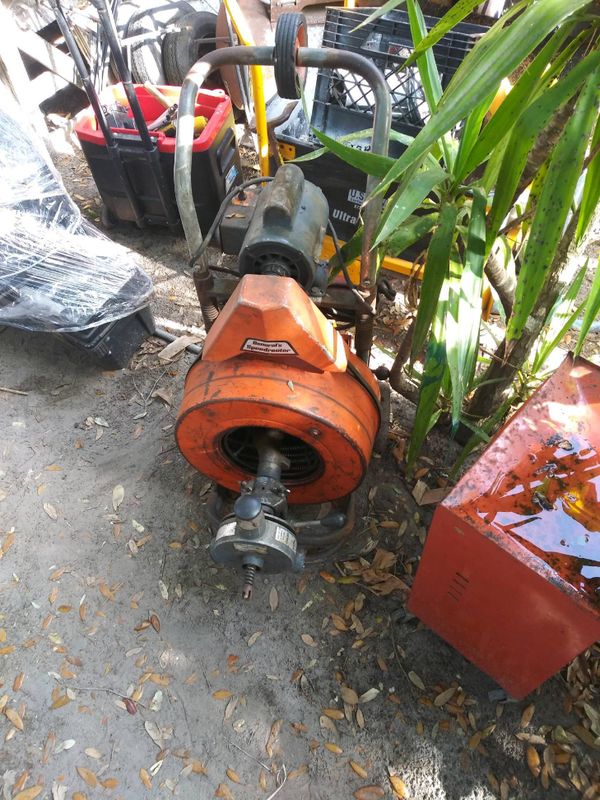





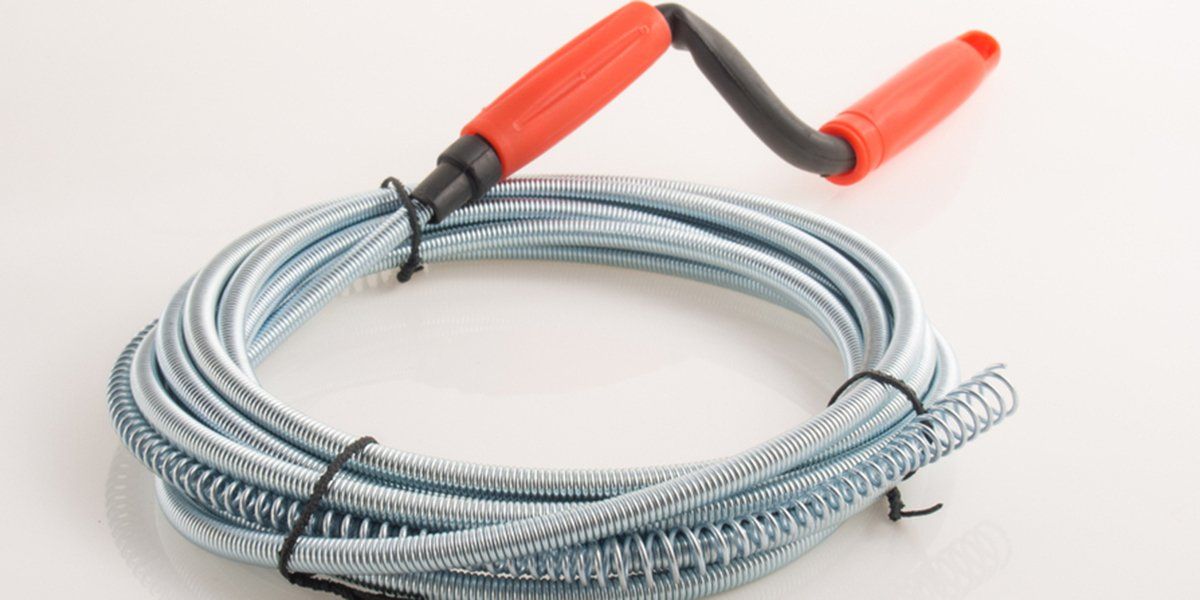





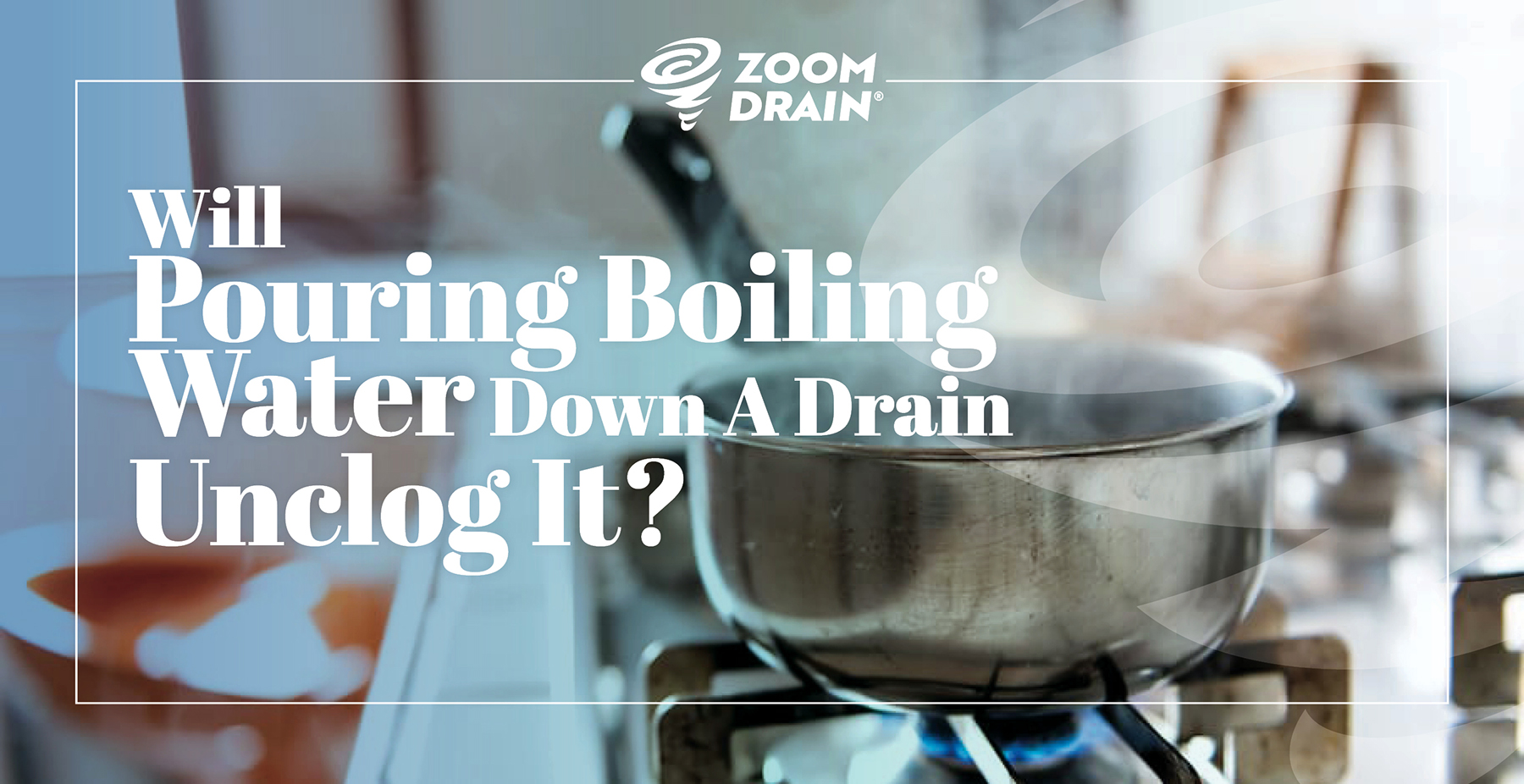
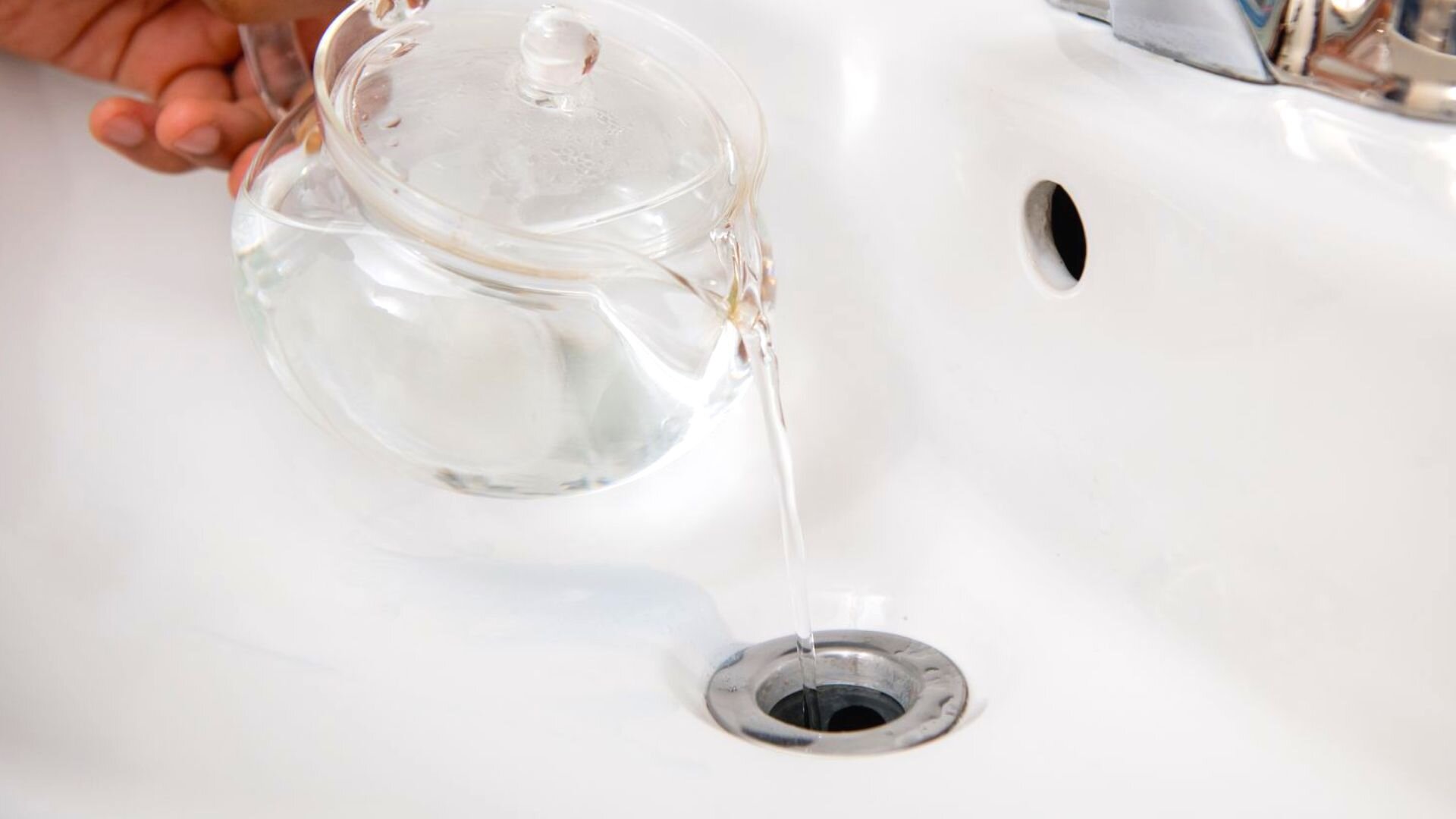

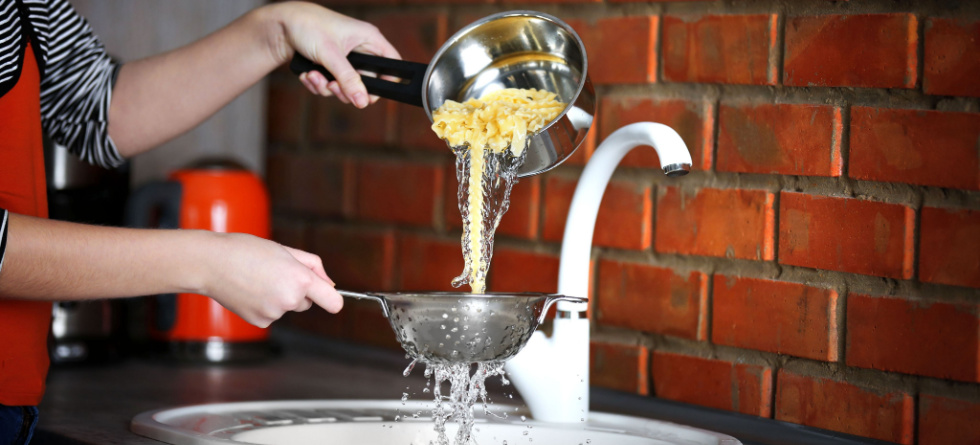
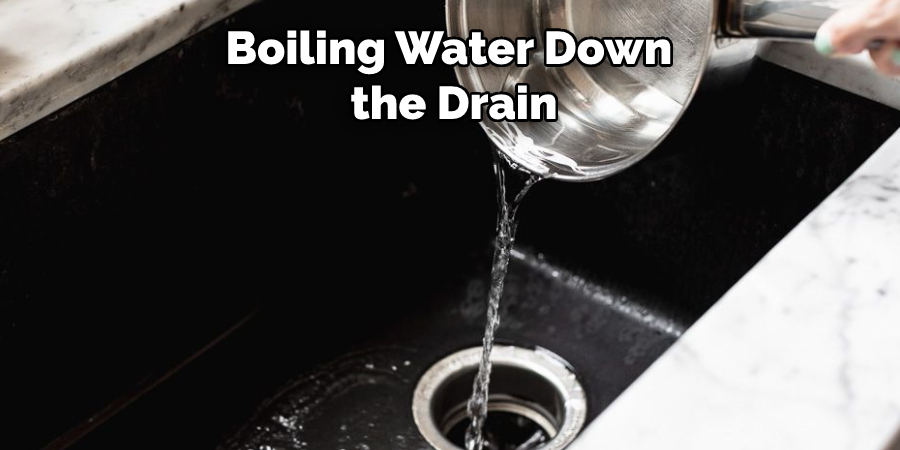
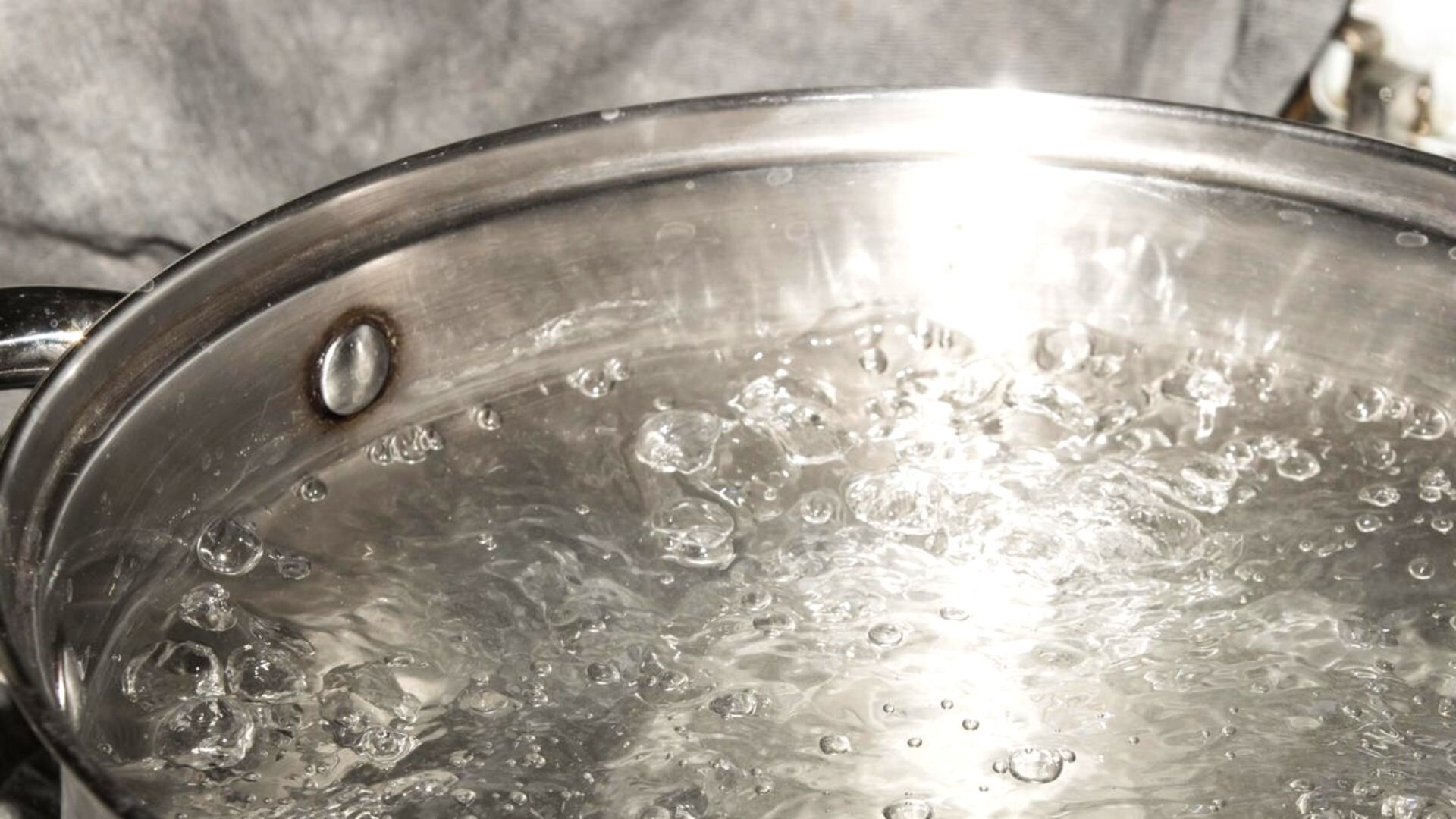
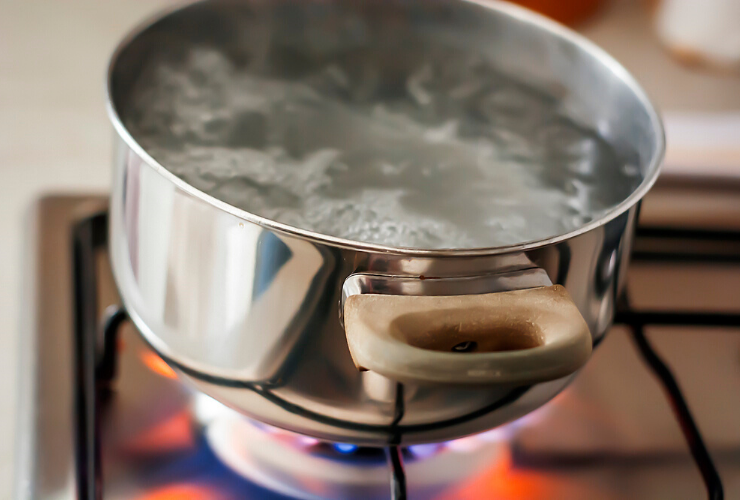
:max_bytes(150000):strip_icc()/GettyImages-1459148353-279aed56a15749c2a7310a882dbe3571.jpg)
